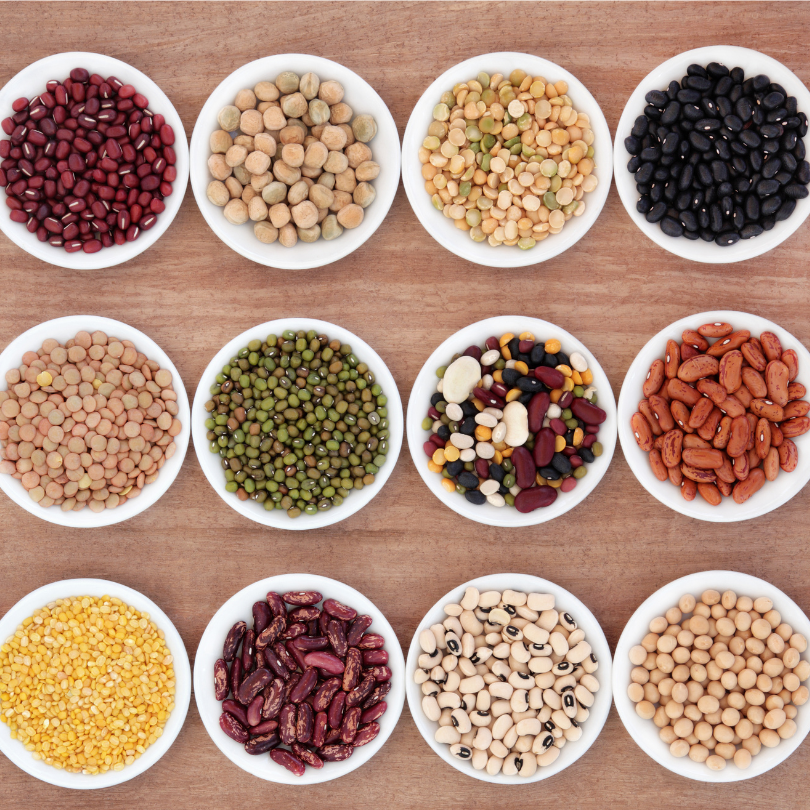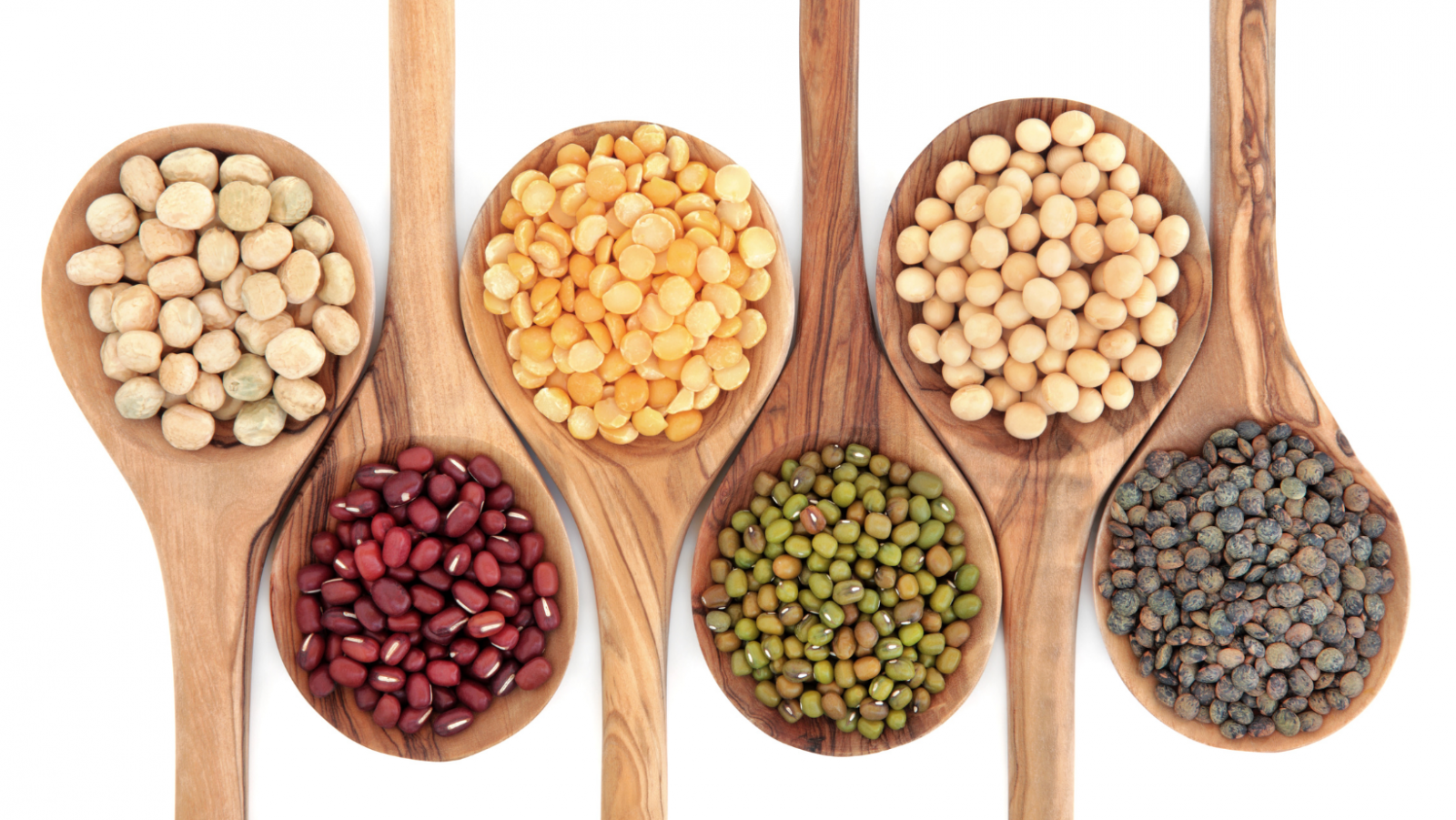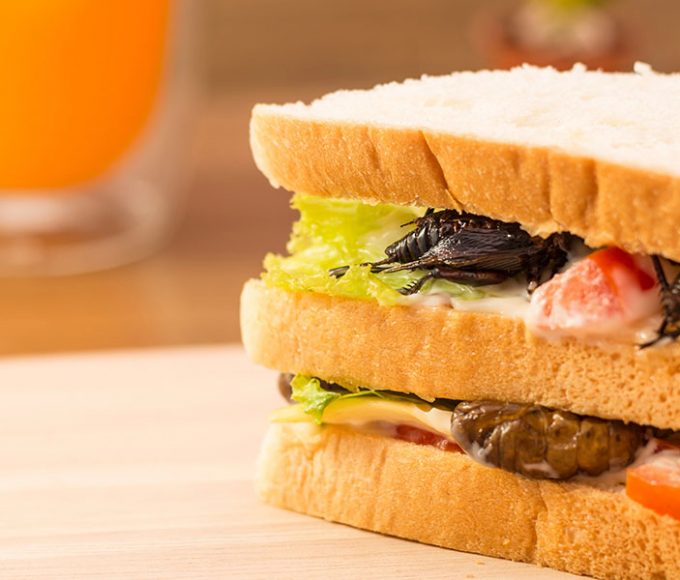As the global demand for sustainable protein sources grows, alternative proteins like pulses and insects are gaining attention. These options not only offer nutritional benefits, but also present unique sensory and technological challenges and opportunities.
Pulses: Nutritional Powerhouses
Pulses – such as lentils, chickpeas, beans, and peas – are rich in protein, fibre, and essential nutrients. They offer a sustainable alternative to animal-based proteins, with a lower environmental footprint. However, their sensory characteristics, such as taste and texture, can vary widely, depending on the type and processing method.
Pulses have a mild, earthy flavour, and may sometimes carry a beany aftertaste, which can be masked with spices or herbs. Texture of pulses in food products can be modified by blending them with other ingredients, making them suitable for pasta or baked goods.

Insects: A Future Protein Source?
Insects like crickets, mealworms, and grasshoppers are emerging as sustainable protein sources, particularly in Western markets. High in protein and micronutrients, insects require fewer resources to raise than livestock. However, their sensory attributes, especially in whole form, can be challenging for consumers.
Insect powders tend to have a neutral taste, making them easy to incorporate into products like protein bars or baked goods. Processing insects into powders or flours can help create more familiar textures, reducing the disgust factor, often associated with whole insects.
Sensory analysis is key to improving consumer acceptance for pulses and insects. By refining flavour profiles, enhancing textures, and integrating these proteins into familiar food formats, we can make alternative proteins more appealing to a broader audience.
Pulses and insects offer promising solutions to the growing demand for sustainable proteins. Through careful sensory analysis and technological advances in product development, we can overcome the challenges these alternative proteins face and create nutritious, sustainable, and enjoyable foods.
At Sense Test, we specialize in sensory analysis to help food producers and academia players develop innovative and consumer-friendly products and alternatives.




